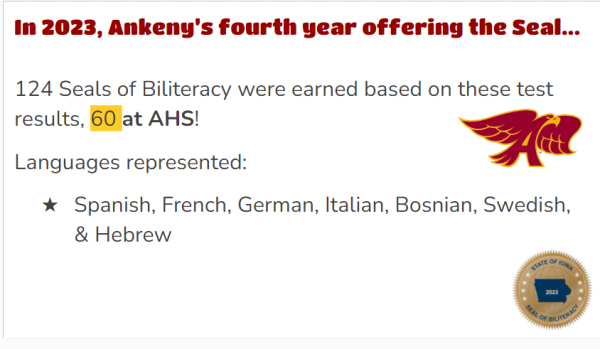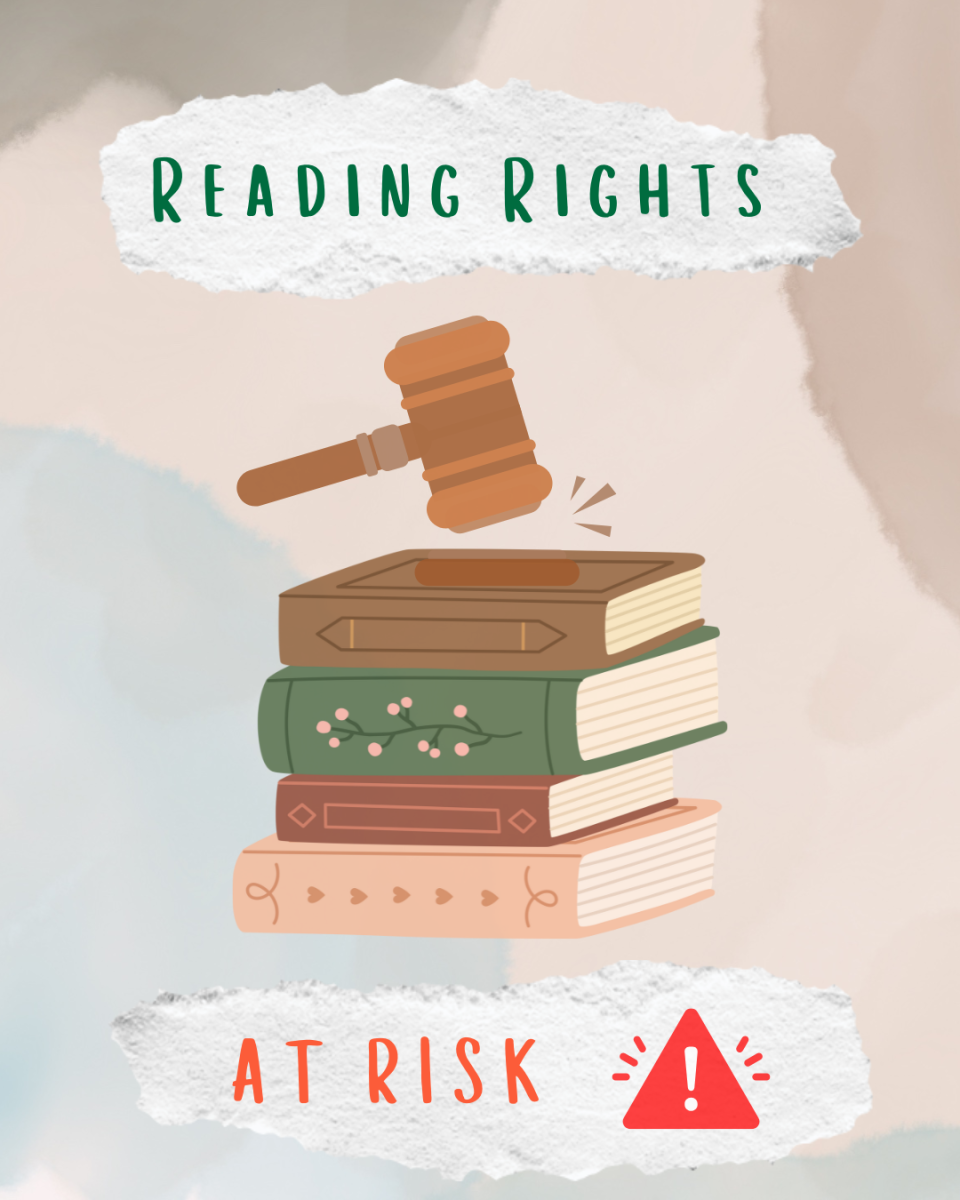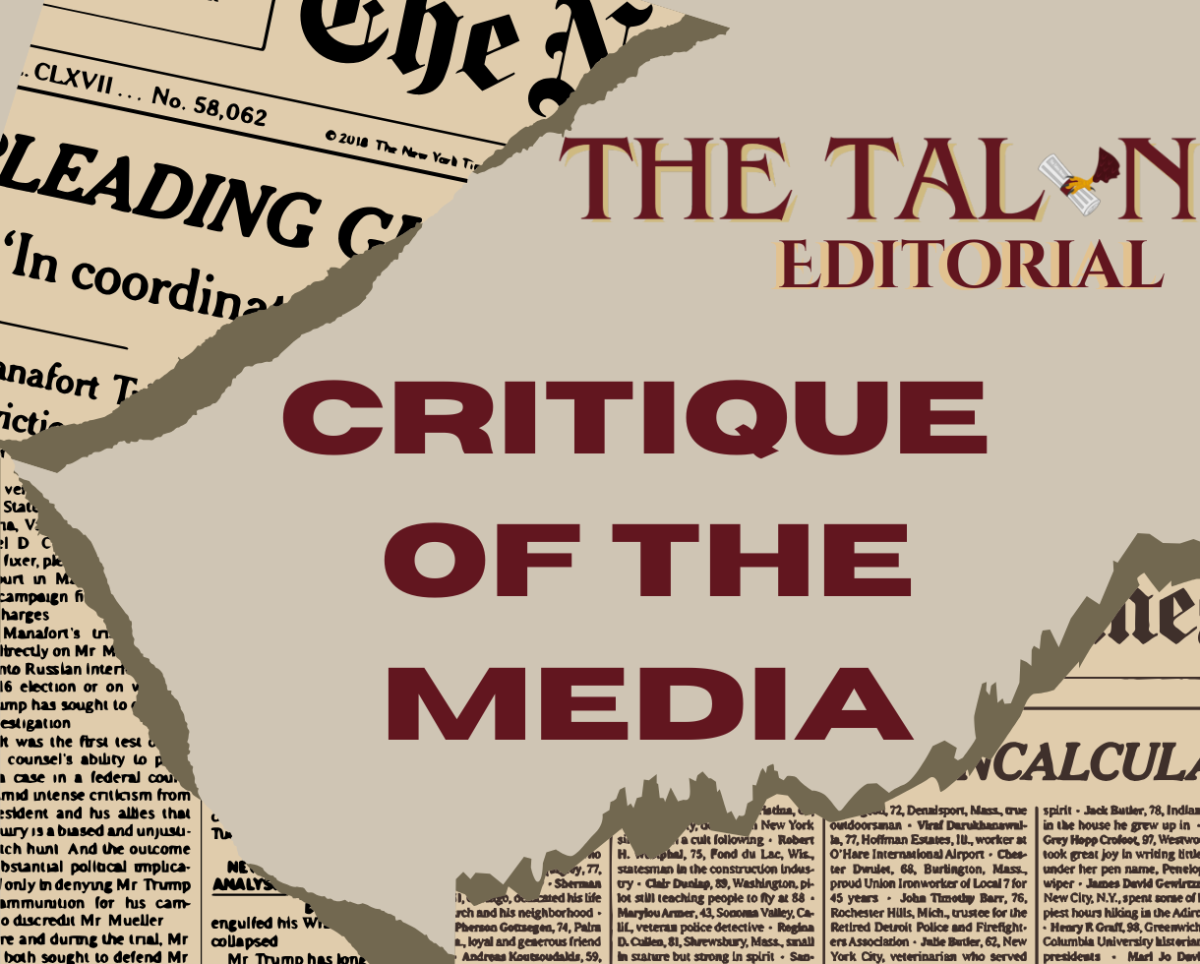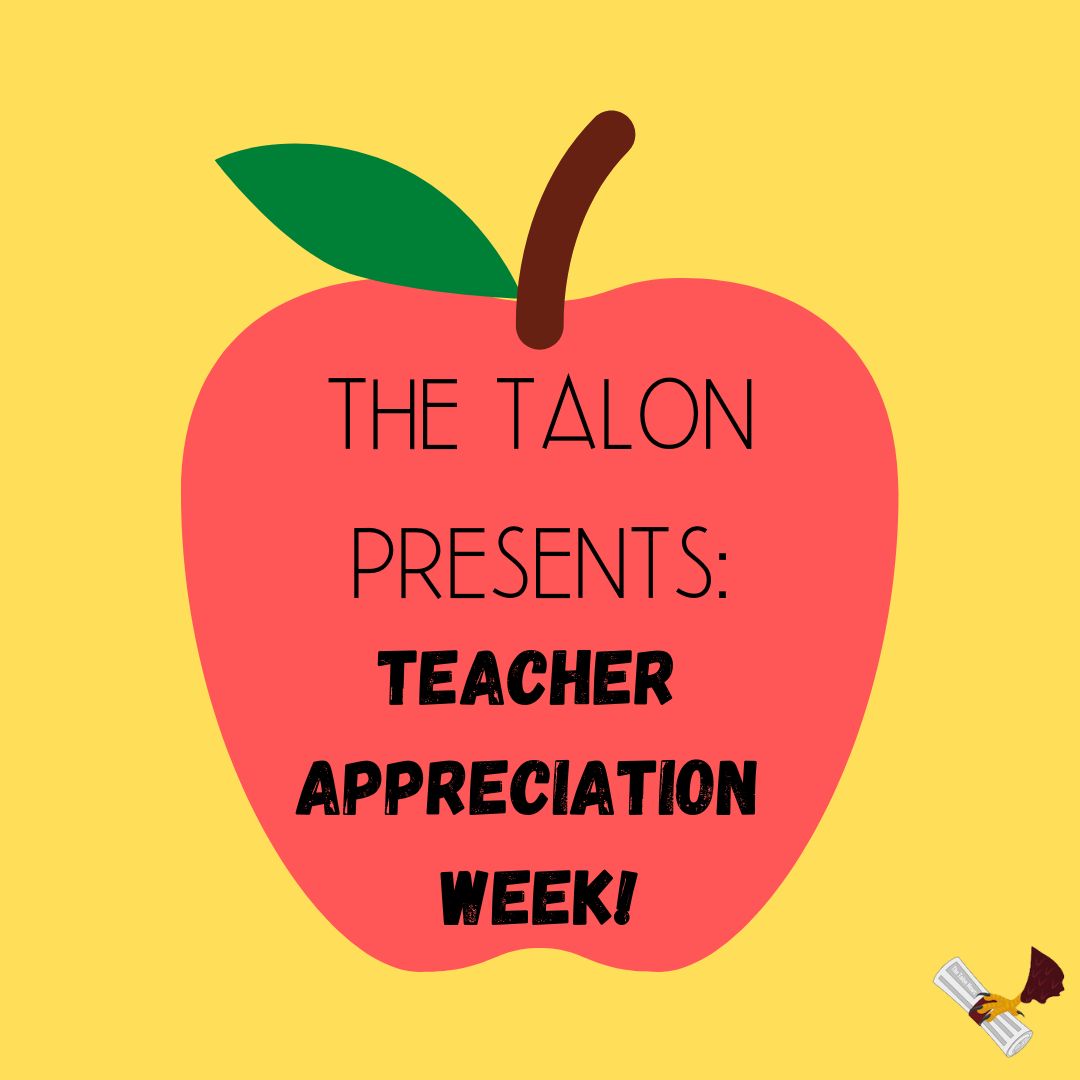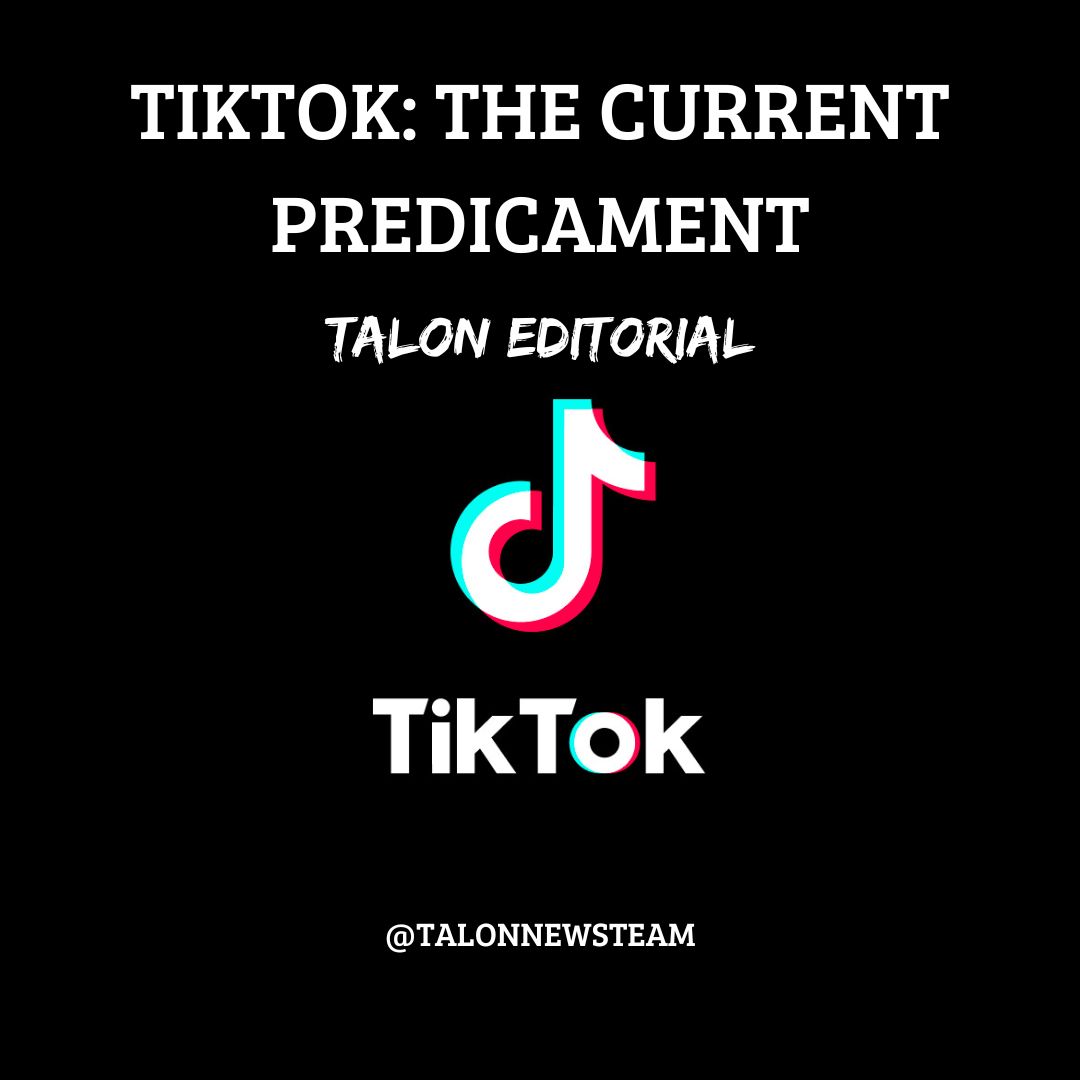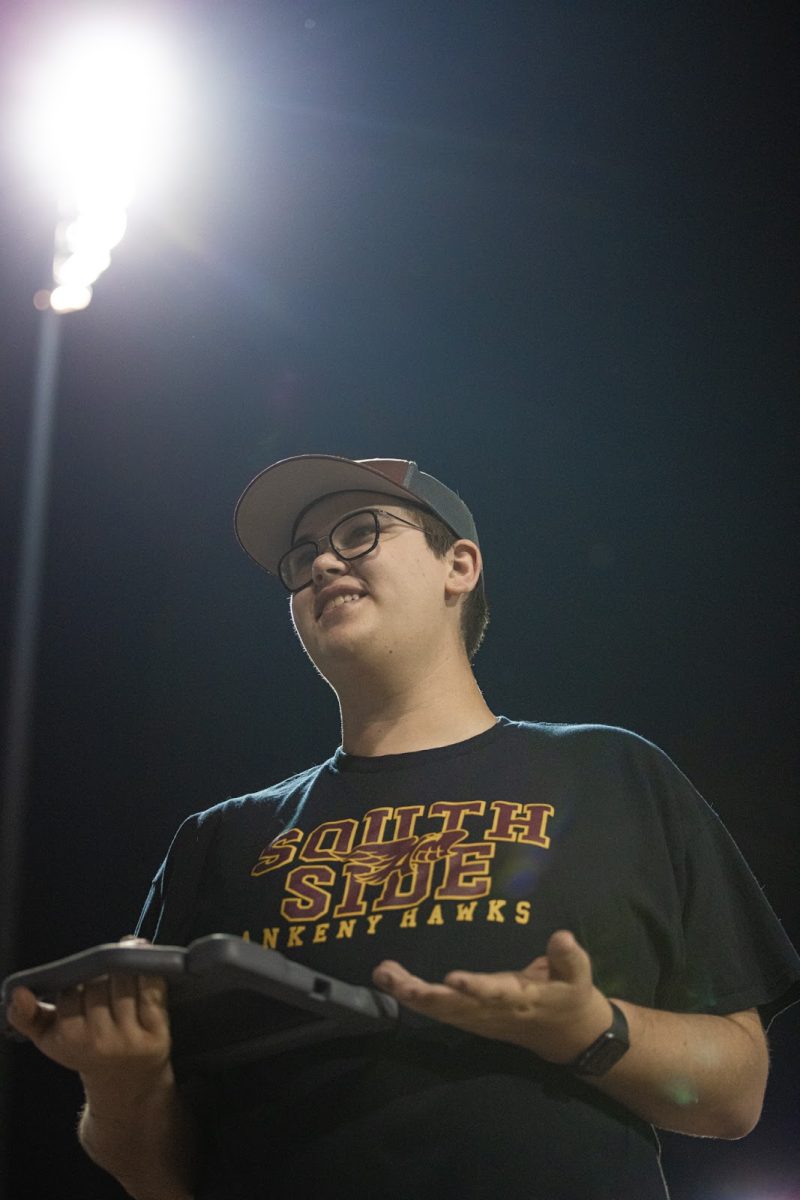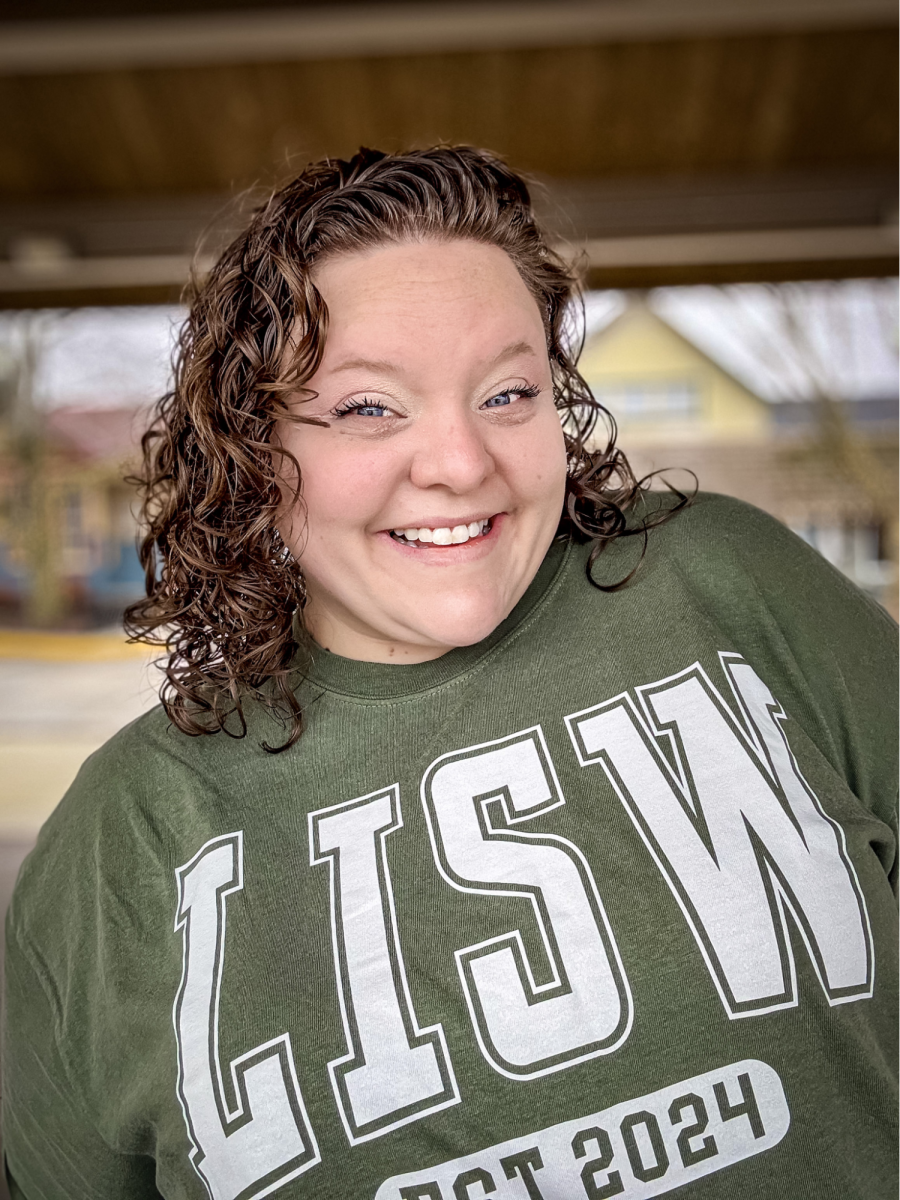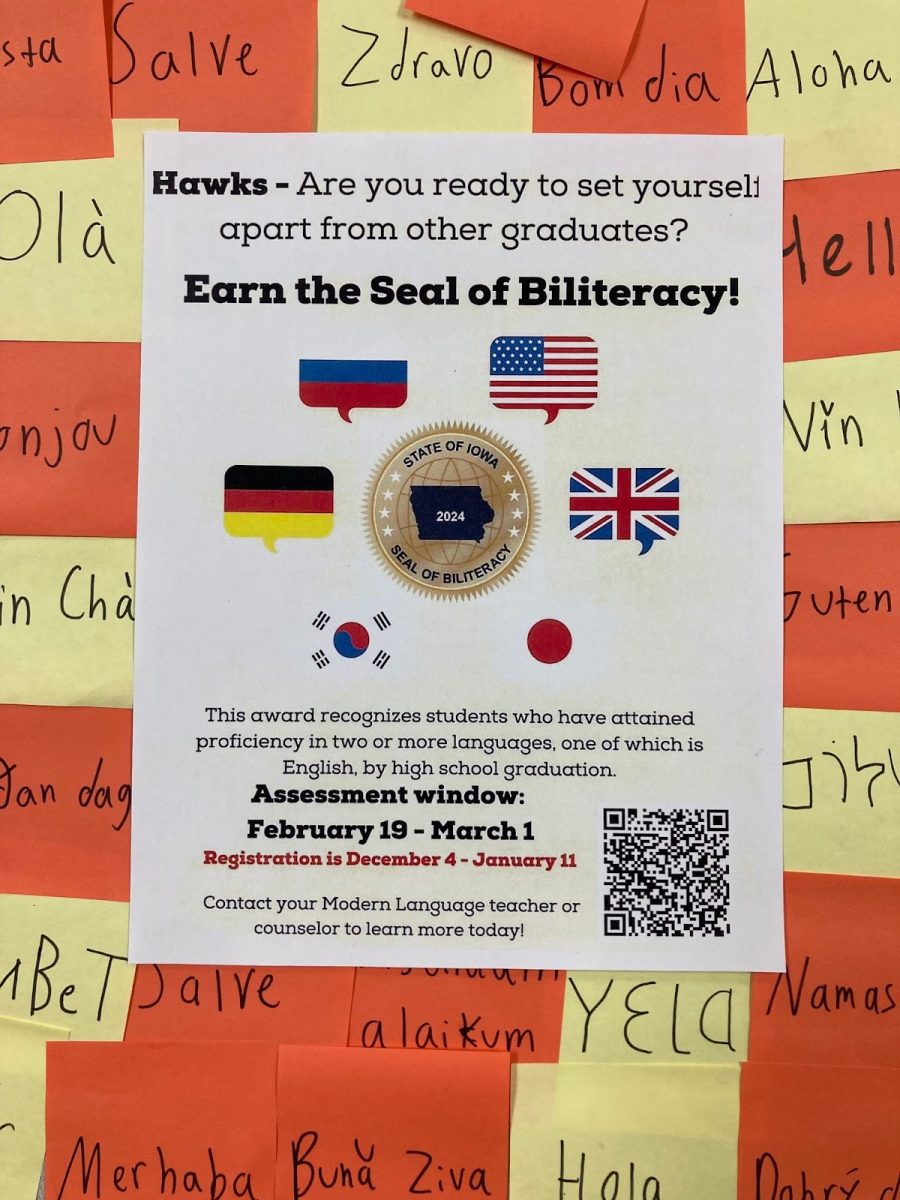On Jan. 11, high school students across Iowa will submit their applications to earn the Seal of Biliteracy on their high school diplomas.
But these tests for the seal will not just be taking place in Iowa, students all across the United States will be testing their skills in two or more languages.
“It is something that is nationally recognized,” AHS Spanish teacher Andrea Warner said. “It shows that you are not only literate in English, you also are in a second language.”
The Ankeny Community School District (ACSD) offers a few ways to earn the Seal of Biliteracy.
“For our district, the two ways are to take the STAMP (Standards-Based Measurement of Proficiency) test, which is a proficiency assessment that has lots and lots of research around it. It’s available in a certain amount of languages. If that language is not available, we try our best to get you a portfolio option,” Warner explained.
This year, the STAMP test will be offered in 45 different languages. But no matter the language the test is taken in or the testing method used, all students are assessed on the same four standards.
“You need to have [proficiency in] all four modalities of language: reading, writing, speaking, and listening at conversational level. It’s not necessarily high academic language skills,” Warner said.
The STAMP test and the portfolio options for the seal can be taken in many different languages. Ankeny High School offers courses in French, Spanish, and Chinese, but the seal can be earned for any second language, from Arabic to Polish to Cantonese.
While the test is primarily taken by students who speak English as a first language, students who are English language learners can earn the seal as well.
“If you are an English learner, you show proficiency on the ELPA21 testing,” Warner said. “At the state [level], they did just approve to use the STAMP test as well for English, which provides much more equity for our students who are English learners.”
The ELPA21, or the English Language Proficiency Assessment for the 21st Century, is used to ensure that students who speak English as a second language are proficient enough to be successful in a classroom setting.
Aside from receiving a special seal on your high school diploma, the benefits of the test go beyond just receiving the special honor.
“I think it’s a really awesome way for students to get acknowledged for skills that they already have,” AHS French teacher and French Honors Society leader Angela Worley-Petersen said. “We have a lot of students with some really incredible skills and this is a way to know where exactly your skill level is.”
Many feel the process of taking the STAMP test is a worthwhile experience, no matter the test results.
“Even if you don’t get the seal, you know by the end of taking this test or completing a portfolio that you have intermediate-high reading skills and intermediate-mid speaking skills that you can share with future employers and possibly develop those skills or put them to use in a future career,” Worley-Petersen said.
Language teachers agree that these skills are beneficial in the workplace but are also healthy for the mind.
“I also think that it’s pretty incredible what language does for you,” Warner said. “It allows you to just have a bit more plasticity.”
Some students take the tests without the goal of getting the seal in the first place.
“I did it because I was curious how good my language skill actually was,” senior Lilyan McCracken said.
McCracken earned the Seal of Biliteracy in French during the 2023 testing cycle.
However, the original purpose of the Seal of Biliteracy was not to measure students’ proficiency. Its history goes back many decades.
“The Seal of Biliteracy was actually proposed as a grassroots movement in the state of California to recognize our culturally and linguistically diverse students,” Warner said. “This was happening during a time where politically there were a lot of English-only movements, and they had removed a lot of the bilingual education in the state.”
Originally available exclusively in California, the STAMP test and the Seal of Biliteracy is now offered in 49 states and Washington D.C.
That love of language learning is what inspires some students to continue their bilingual education and continue learning about the world.
“I love learning about other cultures and language is just an extension to that,” senior Jason Dennis said. “I think communicating is very important, and the more people I can communicate with, the better.
This year, Dennis plans to take the STAMP test for Spanish, which he has been studying since sixth grade. He also plans to take it for German, which is not a language Ankeny High School offers classes for.
“My dad lived in Germany for a few years in the ‘90s,” Dennis explained. “I already had a couple books in German already. I just decided, why not?”
Many agree that even if a student does not take the STAMP test or earn the Seal of Biliteracy, learning a second language is still a very important and meaningful thing to do.
“You don’t really learn much about your own language until you study another language. This shows you a lot about your own language and also your own culture,” Worley-Petersen said. “When you learn another language you also learn another way of thinking.”
Some students saw learning a language as less of a benefit for themselves but as a good deed for the world.
“I see it as a sign of respect because not everybody is going to learn English and to assume everybody is going to speak the same language as you is not good,” McCracken said. “It’s just a way to be respectful to other people.”
Worley-Petersen shares a similar view with quotes outside of her classroom about how learning another language is a sign of respect for the world.
“I think it just shows that you care enough to try,” she said. “Even if it’s not perfect.”
